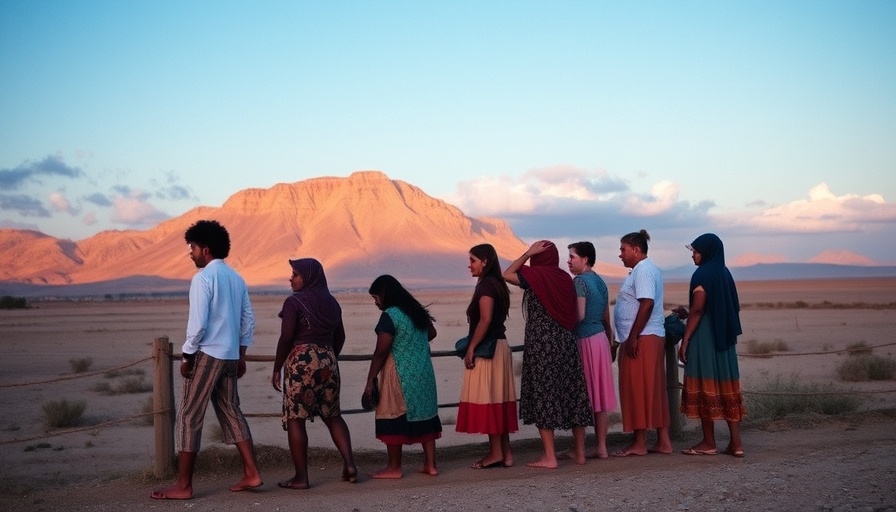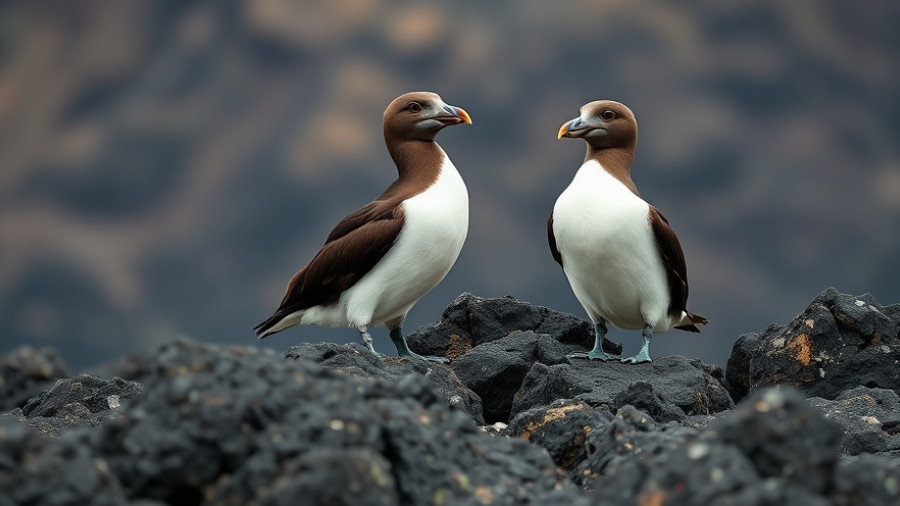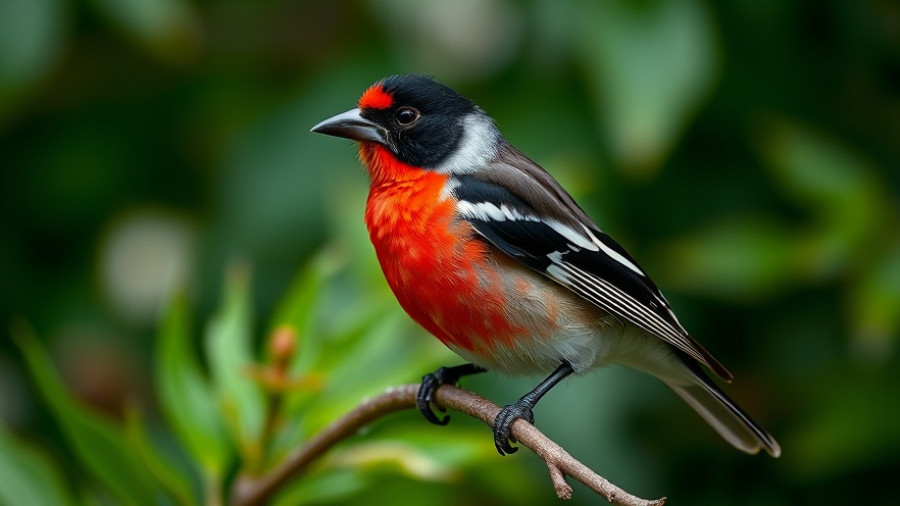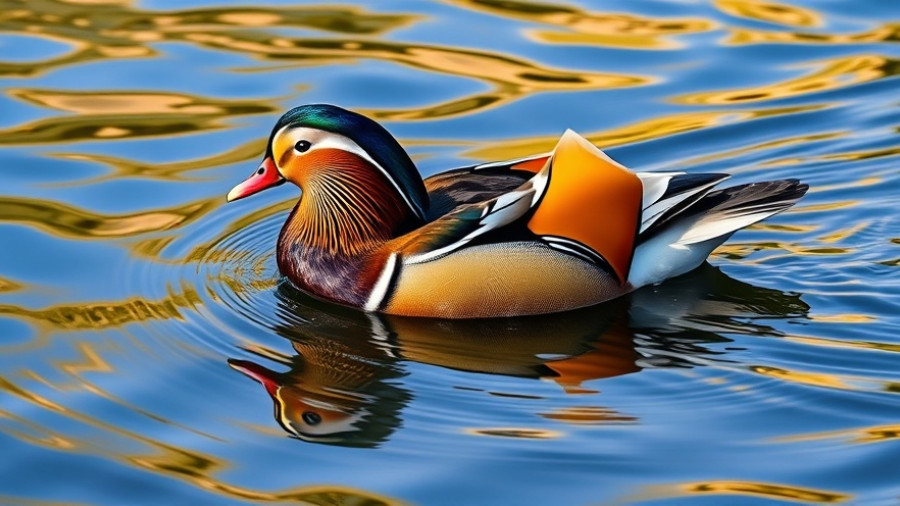
Un Enigma Avícola: ¿Migraciones al Norte o al Sur?
La migración de aves es un fenómeno fascinante que despierta la curiosidad no solo de los biólogos, sino también de cualquier amante de la naturaleza. Cada año, millones de aves realizan un viaje épico entre América del Norte y del Sur, adaptándose a diversas condiciones climáticas y de hábitat. Pero, ¿qué fue primero en esta historia de vuelos migratorios: la migración al norte o al sur?
Hipótesis del Hogar en el Sur vs. el Hogar en el Norte
La pregunta ha generado dos principales teorías dentro del ámbito de la biología de la migración. Primero, tenemos la hipótesis del "hogar en el sur", que sostiene que muchas especies de aves, como el oriol o calandria de Baltimore, descienden de ancestros sudamericanos que migraron al norte en busca de mejores sitios de reproducción. Esta visión sugiere que el sur fue el punto de partida para muchas de las aves actuales.
Por otro lado, también está la hipótesis del "hogar del norte", que se argumenta en base al análisis genealógico de ciertas aves cantoras. Este enfoque indica que muchas especies, como los chipes, pueden haber tenido su origen en el hemisferio norte y luego extendieron su rango hacia el sur, adaptándose a nuevas condiciones invernales. El estudio de estos patrones migratorios no solo es relevante para entender la historia evolutiva de estos pájaros, sino también para apreciar cómo las migraciones continúan transformándose en respuesta a diversos factores ambientales.
Un Cambio en Tiempo Real
La migración de aves no es estática. Por ejemplo, las golondrinas tijereta, que tradicionalmente migran desde América del Norte hacia los trópicos, han mostrado cambios recientes en su comportamiento migratorio. Un pequeño grupo ha empezado a invernar en Argentina durante todo el año, lo que podría indicar el inicio de una subespecie genéticamente distinta. Este cambio evolutivo nos recuerda que la adaptación sigue siendo un proceso activo y fascinante en el mundo de las aves.
Reflexiones sobre el Futuro de la Migración Avícola
La comprensión de las migraciones al norte y al sur también plantea preguntas sobre el futuro de estas aves en un clima cambiante. Con el calentamiento global y los cambios en el hábitat, las estrategias migratorias que alguna vez funcionaron pueden no ser viables en el futuro. Observar cómo estas aves se adaptan a sus necesidades de migración será crucial para su conservación.
Para los entusiastas de las aves y cualquier persona que se preocupe por la biodiversidad, seguir estos movimientos migratorios es vital. Al involucrarnos en la observación de aves y apoyar los esfuerzos de conservación, podemos contribuir a la continuidad de estas maravillas naturales.
 Add Row
Add Row  Add
Add 




Write A Comment